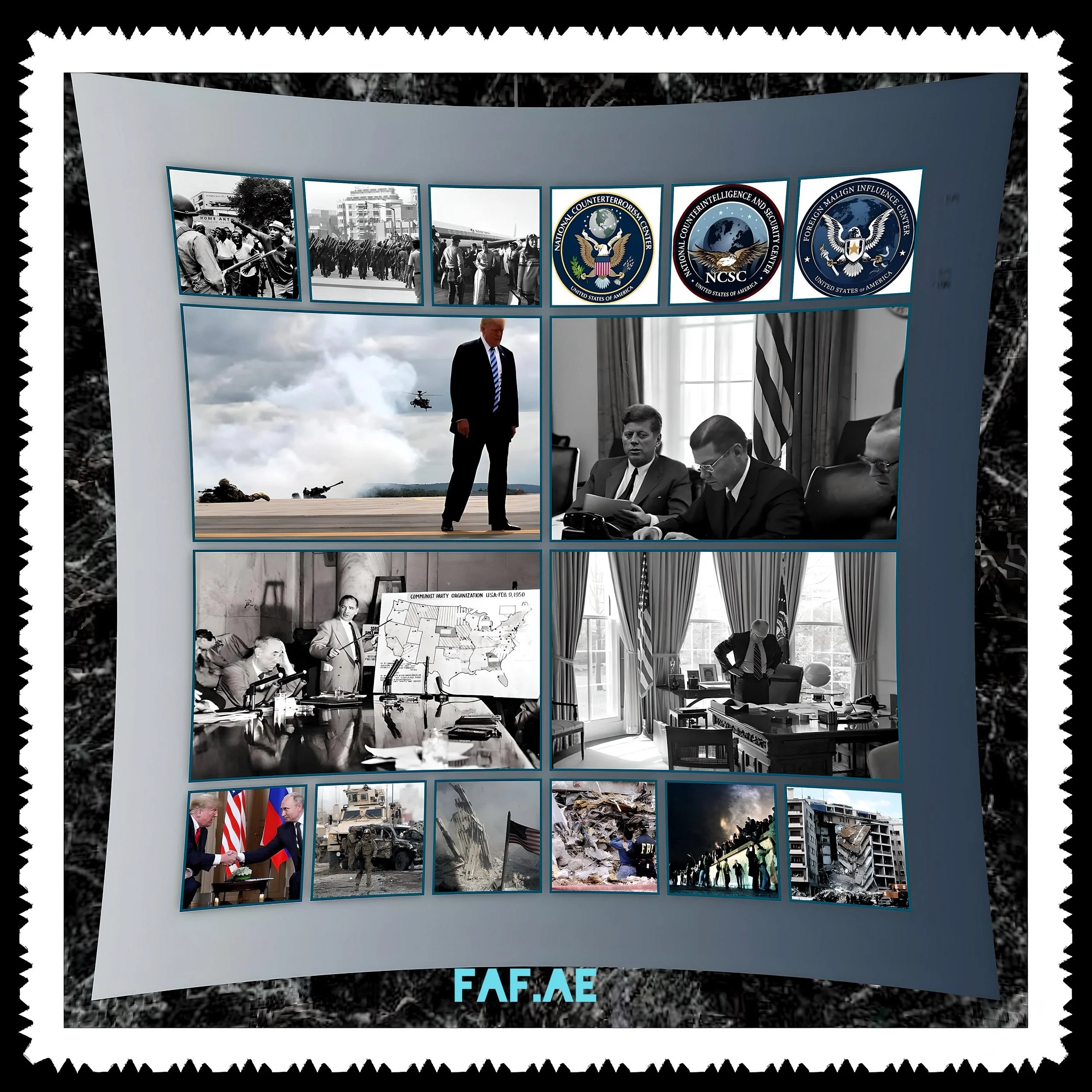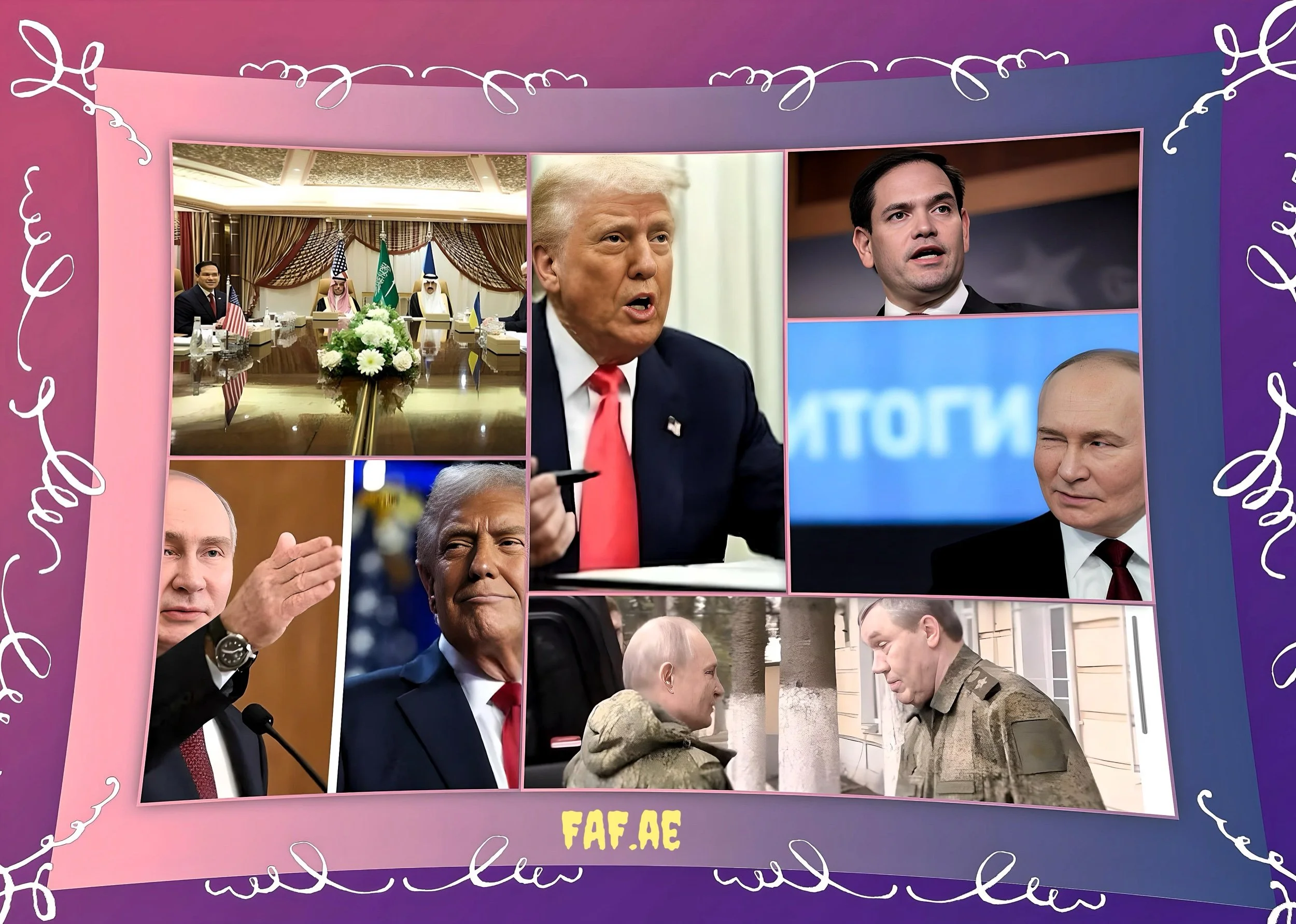Trump’s Intelligence Crisis: The Fragmentation of the Five Eyes Alliance
Introduction
The integrity of the Five Eyes intelligence alliance—a bedrock of global security since World War II—faces unprecedented strain under the foreign policy shifts of Donald Trump’s administration.
Recent decisions to suspend intelligence sharing with Ukraine, coupled with overtures toward Russia and internal debates over Canada’s membership, have sparked fears of a systemic collapse in Western intelligence cooperation.
Former CIA Director John Brennan has warned that Trump’s propensity for private diplomacy and erratic policy reversals risks exposing U.S. intelligence capabilities to adversarial powers like Russia. Meanwhile, allies within the Five Eyes (the U.S., U.K., Canada, Australia, and New Zealand) are reportedly reassessing their reliance on American intelligence amid concerns over Washington’s commitment to collective security.
This article examines the structural pressures fracturing the alliance, the geopolitical ramifications of its potential decline, and the broader implications for global intelligence-sharing frameworks in an era of renewed great-power competition.
Historical Foundations of the Five Eyes Alliance
Origins in World War II and Cold War Evolution
The Five Eyes alliance emerged from clandestine World War II collaborations between British and American codebreakers, formalized through the 1946 UKUSA Agreement. Initially focused on signals intelligence (SIGINT), the partnership expanded to include Canada (1948), Australia, and New Zealand (1956), creating a multilateral framework for sharing classified military, human, and geospatial intelligence.
During the Cold War, the alliance became indispensable for monitoring Soviet activities, leveraging complementary capabilities such as the NSA’s global surveillance networks and GCHQ’s expertise in decryption.
The post-9/11 era broadened its scope to counterterrorism and cyber warfare, with joint operations like PRISM and XKeyscore enabling mass data collection.
Operational Principles and Trust-Based Collaboration
At its core, the Five Eyes operates on reciprocity and confidentiality. Member states assume shared risks: intelligence collected by one agency is automatically accessible to others, barring explicit restrictions.
This “no-spying” pact—bolstered by cultural and linguistic ties—has allowed seamless integration of resources, such as the NSA-GCHQ infrastructure that functions as a “backup” for both nations.
Historian Calder Walton notes that the alliance’s success hinges on “mutual trust forged through decades of interoperability,” a trust now eroded by Trump’s transactional diplomacy.
Trump’s Foreign Policy and the Intelligence Crisis
Suspension of Intelligence Sharing with Ukraine
In March 2025, the Trump administration halted military aid and intelligence flows to Ukraine, impeding Kyiv’s ability to counter Russian advances. U.S. officials framed the suspension as leverage to force Ukrainian concessions in peace talks, but the move alarmed Five Eyes partners.
France pledged to fill the intelligence gap, while British officials hesitated, constrained by Five Eyes protocols that limit unilateral data sharing without U.S. approval.
CIA Director John Ratcliffe characterized the pause as temporary, contingent on Ukraine’s willingness to negotiate. However, frontline reports revealed immediate battlefield setbacks for Ukrainian forces, with units losing access to real-time Russian troop movements and Himars targeting data.
Pro-Russia Posturing and Classified Information Risks
Trump’s admiration for Vladimir Putin has long raised red flags. In 2025, he reportedly shared sensitive NATO assessments with Russian officials during closed-door meetings, echoing 2017 incidents where he disclosed Israeli intelligence on ISIS to Sergei Lavrov.
Former intelligence officials warn that such breaches could compromise human assets and technical collection methods, incentivizing allies to withhold intelligence from Washington. European security sources cite “legitimate fears that Trump’s inner circle includes MAGA loyalists who might leak to Russia.”
These concerns have led Israel and Saudi Arabia to review protocols for sharing intelligence with the U.S., marking a stark departure from decades of cooperation.
Trade Wars and the Targeting of Canada
The Trump administration’s threat to impose 25% tariffs on Canada and advisor Peter Navarro’s push to expel Ottawa from the Five Eyes has further destabilized the alliance.
Navarro argues that excluding Canada would pressure Prime Minister Mark Carney to concede to U.S. trade demands. Still, critics warn this would fragment SIGINT networks critical for Arctic surveillance and countering Chinese cyber operations.
A Financial Times report suggests Navarro’s proposal reflects Trump’s broader vision of treating Canada as a “51st state,” a sentiment Trudeau inadvertently validated in leaked remarks.
Erosion of Trust Among Five Eyes Members
Diminished Confidence in U.S. Stewardship
Allies perceive Trump’s policies as capricious and self-serving. His abrupt withdrawal from the Iran nuclear deal, skepticism toward NATO, and public disparagement of intelligence agencies have strained transatlantic relations.
The Five Eyes’ “shared risk” ethos falters as members question whether the U.S. will honor commitments during crises. A European security official summarized the dilemma: “If the U.S. abandons Ukraine, why would it defend Vancouver?”
Bilateral Workarounds and Hedging Strategies
To mitigate reliance on the U.S., Five Eyes members are pursuing bilateral agreements. Australia and the U.K. have deepened intelligence ties with Japan and India, while Canada is exploring partnerships with France and Germany for Arctic monitoring.
These arrangements, however, lack the technical integration of Five Eyes systems. Christopher Johnstone of The Asia Group cautions that fragmented intelligence could delay responses to emerging threats, such as Chinese hypersonic missile tests or Russian election interference.
The “Five Eyes Plus” Experiment and Its Limits
Efforts to expand the alliance to include South Korea and Japan—lauded for their China expertise—have stalled due to the U.S.'s unreliability.
While the “Five Eyes Plus 3” framework (adding France, Germany, and Japan) aims to counterbalance China, European members remain wary of Trump’s hostility toward multilateralism.
French President Emmanuel Macron has criticized the expansion as “diluting the alliance’s core mission,” urging a separate EU intelligence consortium instead.
Geopolitical Repercussions of Alliance Fragmentation
Empowering Adversaries: Russia and China
A weakened Five Eyes would benefit adversaries seeking to exploit intelligence gaps. Russian disinformation campaigns targeting European elections, previously disrupted by Five Eyes cyber units, could resurge.
Meanwhile, China’s Ministry of State Security has intensified counterintelligence measures against Five Eyes nations, requiring Chinese employees in sensitive industries to report contacts with foreign nationals.
Beijing has also leveraged trade to splinter the alliance, offering New Zealand dairy exporters preferential tariffs in exchange for distancing Wellington from U.S.-led tech embargos.
Impact on Counterterrorism and Cybersecurity
Post-9/11 counterterrorism successes—such as the 2019 foiling of an ISIS plot to bomb the London Underground—relied on Five Eyes coordination. Fragmentation could hinder the tracking of jihadist networks in Africa and Southeast Asia.
Similarly, ransomware attacks like the 2024 Colonial Pipeline breach, mitigated through NSA-GCHQ collaboration, might evade detection under a fractured system.
The Risk of a New Intelligence Cold War
As trust erodes, democracies risk bifurcating into competing blocs. The Kremlin has already exploited divides, offering cyber assistance to Hungary and Serbia in exchange for political favors. Conversely, China’s “Digital Silk Road” initiative provides surveillance technology to authoritarian regimes, challenging Five Eyes dominance in SIGINT.
Historian Calder Walton warns that the alliance could devolve without U.S. leadership into a “loose coalition of regional partnerships,” ceding strategic advantage to autocracies.
Pathways to Preservation or Realignment
Institutional Resilience Through Bilateral Backchannels
Despite Trump’s disruptions, the Five Eyes’ technical infrastructure remains robust. The NSA-GCHQ network, for instance, cannot be decoupled without handicapping both agencies.
Former officials suggest that mid-level analysts may continue sharing intelligence informally, bypassing political directives.
Australia’s “Red Spike” initiative—a backup data-sharing platform with the U.K.—exemplifies such contingency planning.
Reaffirming Commitments Through Joint Exercises
Multinational exercises like “Cyber Flag” and “Global Sentinel” could reinforce interoperability.
The U.S. Cyber Command’s 2024 partnership with Australia’s ASD to simulate responses to Chinese cyberattacks demonstrated the value of joint drills.
Expanding these initiatives to include non-Five Eyes democracies like Japan and India might offset U.S. unreliability.
Legislative Safeguards Against Executive Overreach
Congressional proposals to codify intelligence-sharing protocols—insulating them from presidential whims—are gaining traction.
The 2025 Five Eyes Protection Act, co-sponsored by Rep. Jason Crow (D-CO) and Sen. Mitt Romney (R-UT), would mandate continued SIGINT collaboration, barring a congressional vote to suspend it.
While legally contentious, such measures could reassure allies during leadership transitions.
Conclusion
The Precarious Future of Global Intelligence
The Five Eyes alliance stands at a crossroads. Trump’s embrace of Putin, trade wars, and disregard for intelligence protocols have eroded the trust that sustained the partnership for 80 years.
While the alliance’s technical and institutional inertia may prevent immediate collapse, its efficacy in countering 21st-century threats—from AI-driven disinformation to quantum encryption—depends on renewed political commitment.
European allies, recognizing the untenability of relying on Trump’s America, are already pivoting toward EU-centric frameworks.
Meanwhile, China and Russia are poised to capitalize on Western disarray, offering alternative alliances that eschew democratic accountability. The Five Eyes’ survival now hinges on whether its members can reconcile competing visions of sovereignty and security in an increasingly fractured world.
As former NSA Director Michael Rogers observed, “Intelligence alliances aren’t transactional; they’re relational.”
The coming years will test whether the Five Eyes can adapt its relationships to withstand the pressures of a new geopolitical era—or whether it fades into obsolescence, leaving democracies dangerously exposed.






